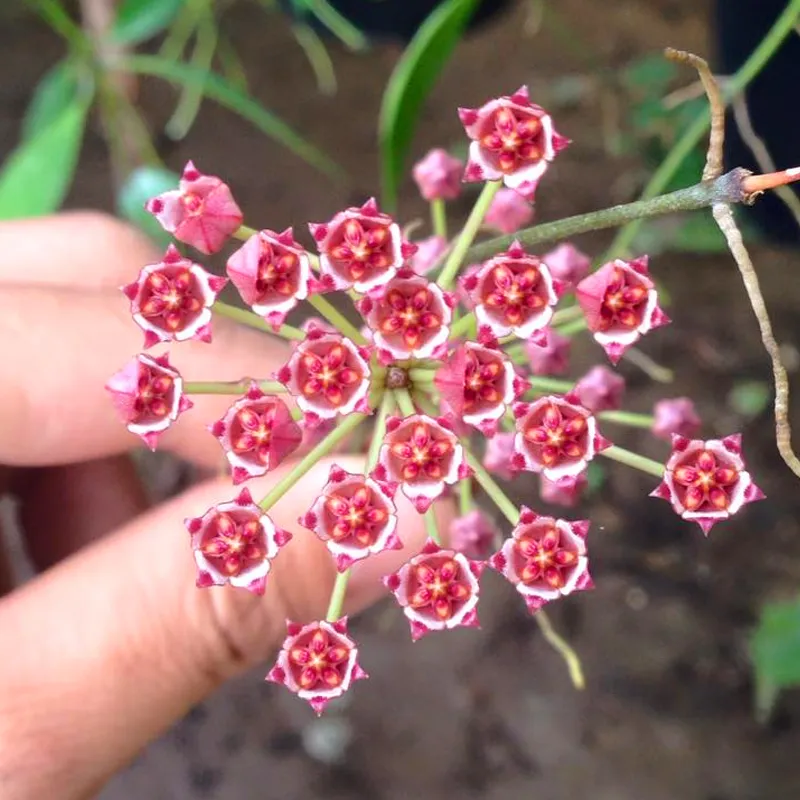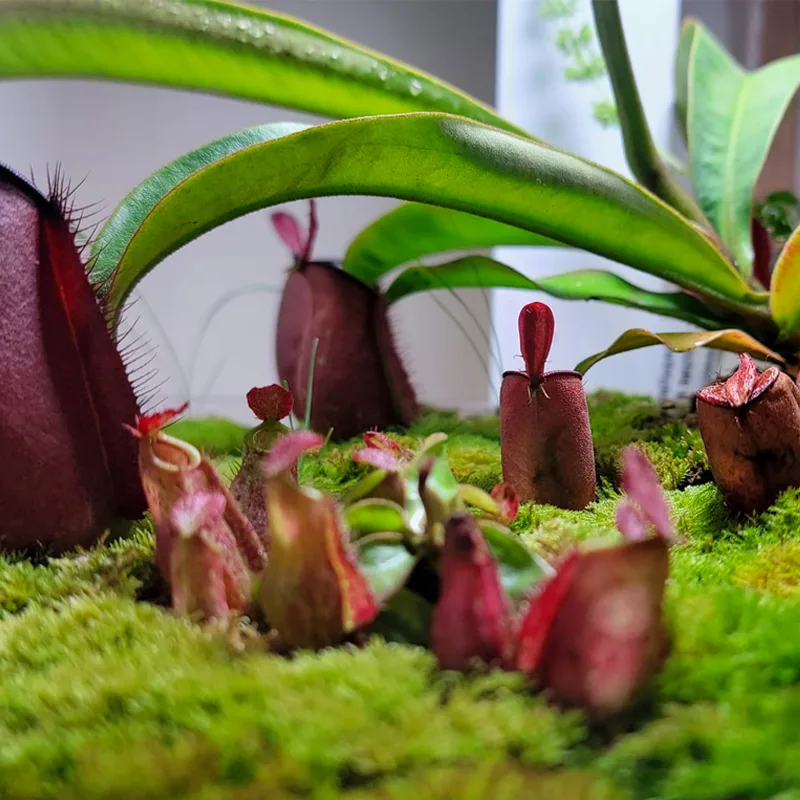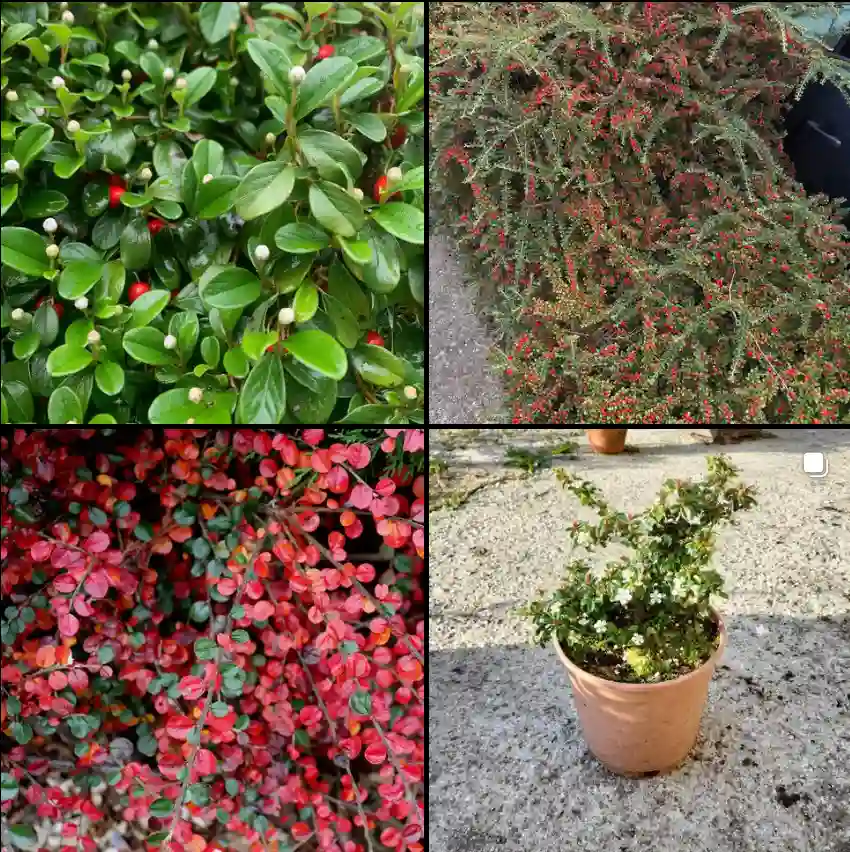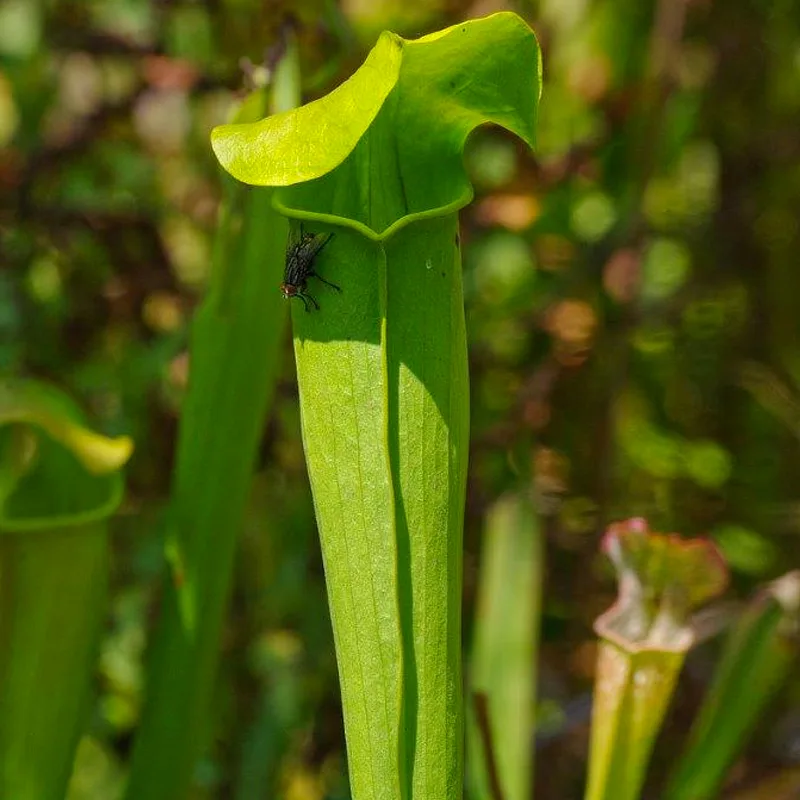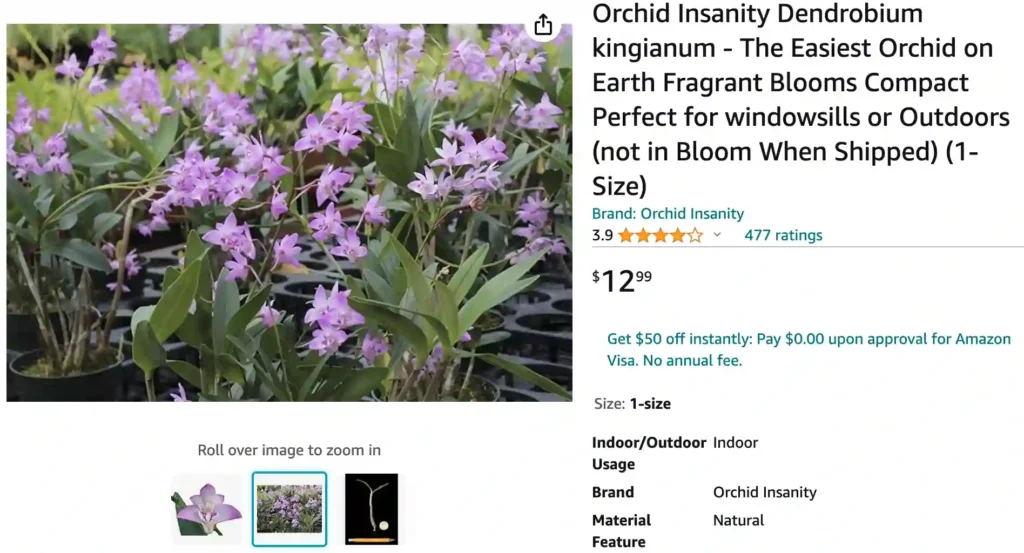
The Allure of the Pink Rock Orchid: My Journey with Dendrobium Kingianum
For any orchid enthusiast, the Dendrobium Kingianum, also known as the Pink Rock Orchid, is a captivating addition to a collection. Its cascading sprays of fragrant, pink blooms are a sight to behold, and its relatively easy care requirements make it a popular choice for both beginners and experienced growers.
Over the years, cultivating this Australian native has become a passion project for me. It’s been a rewarding experience, filled with trial and error, but ultimately, success in coaxing out its stunning blooms. In this article, I’ll share my insights on caring for the Pink Rock Orchid, from providing the right environment to achieving those coveted flowers.
1621 Species in Genus Dendrobium
What is Dendrobium Kingianum?
The Dendrobium Kingianum is a lithophytic orchid, meaning it naturally grows on rocks and cliff faces in its native habitat of eastern Australia. It boasts pseudobulbs, which are swollen stems that store water and nutrients, and thin, spreading leaves. The star of the show, however, are the flower spikes that emerge in late winter and spring. These spikes can hold up to 15 individual blooms, each displaying a delightful fragrance reminiscent of honey. The flower color itself can vary slightly, ranging from a soft pink to a deeper crimson with a contrasting lip.
How to Care for Dendrobium Kingianum?
Creating a happy home for your Pink Rock Orchid is key to its overall health and successful blooming. Here are some essential care tips:
- Light: Dendrobium Kingianum thrives in bright, indirect light. South-facing windows are ideal in the Northern Hemisphere, while North-facing windows might be more suitable in the Southern Hemisphere. Avoid harsh, direct sunlight, as this can burn the leaves.
- Temperature: This orchid prefers cool to warm temperatures. Ideally, aim for daytime temperatures between 65°F (18°C) and 80°F (27°C), with a slight nighttime drop of 10°F (5°C). Avoid exposing your orchid to sudden temperature fluctuations.
- Watering: Dendrobium Kingianum enjoys a good soaking when its potting mix dries out completely. Between waterings, allow the roots to turn slightly silvery-white. Overwatering is a major threat, so err on the side of underwatering.
- Humidity: Moderate humidity levels (around 50-60%) are ideal. If your environment is dry, consider using a humidifier or placing your orchid on a pebble tray filled with water.
- Potting: Due to its short root system, Dendrobium Kingianum prefers a small pot with good drainage. Opt for a well-draining orchid mix specifically formulated for epiphytes.
How to Get a Dendrobium Kingianum to Bloom?
Witnessing your Pink Rock Orchid bloom for the first time is a truly rewarding experience. Here are some tips to encourage flowering:
- Maturity: Patience is key! Dendrobium Kingianum typically requires 2-3 years of maturity before producing flowers.
- Light: As mentioned earlier, providing your orchid with sufficient bright, indirect light is crucial for flower bud formation.
- Temperature: A slight drop in night temperature during the winter months (around 55°F-60°F or 13°C-16°C) can act as a trigger for blooming.
- Fertilizer: During the active growth period (spring and summer), a weak, balanced orchid fertilizer applied once every two weeks can promote healthy growth and potentially influence flowering.
- Rest Period: After flowering, allow your Dendrobium Kingianum a rest period with slightly reduced watering and cooler temperatures. This can stimulate the next flowering cycle.
Additional Tips:
- Repotting: Repot your Dendrobium Kingianum only when the roots outgrow the pot or the potting mix breaks down. Opt for a pot just slightly larger than the previous one.
- Pests and Diseases: Thankfully, Dendrobium Kingianum is relatively pest and disease resistant. However, keep an eye out for common orchid pests like mealybugs and scale insects.
- Propagation: Propagating your Pink Rock Orchid can be done through division of healthy pseudobulbs. Consult a detailed guide for proper division techniques.
Conclusion: The Reward of Patience
Cultivating Dendrobium Kingianum has been a delightful journey for me. Witnessing its graceful flower spikes erupt in a cascade of pink is a testament to the joy of orchid care. While achieving consistent blooms may take some practice, understanding the plant’s needs and providing the right environment will undoubtedly lead to success. So, embrace the learning process, be patient, and enjoy the captivating beauty of the Pink Rock Orchid!
If i die, water my plants!
